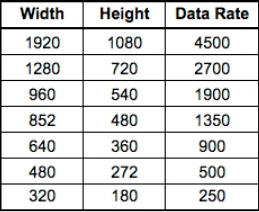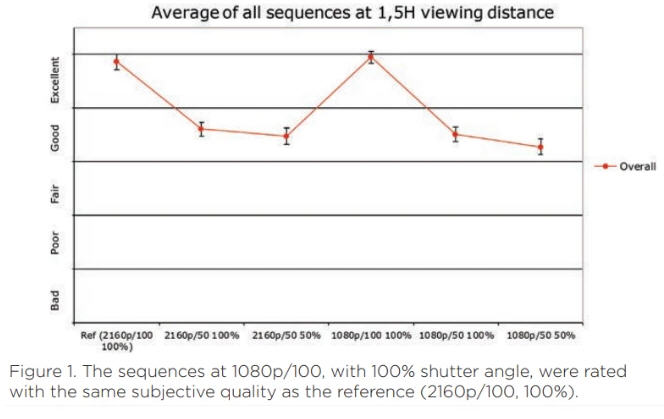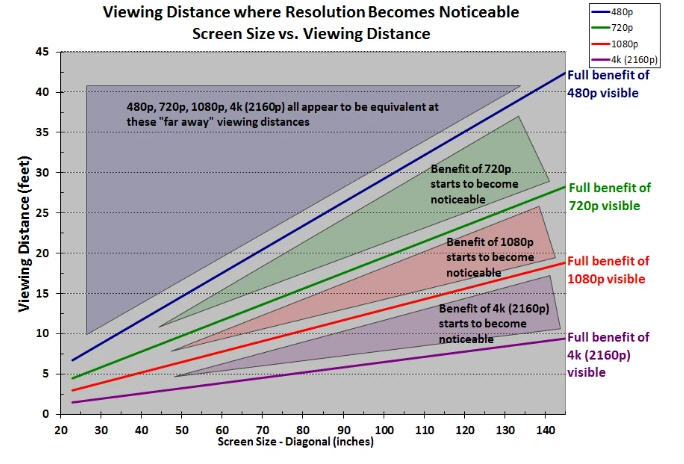The subject of the Internet’s environmental footprint is trendy, and rightly so. It is urgent to be aware of it. The Internet now accounts for 4% of global CO2 emissions compared to 2.8% for civil air transport, and its energy consumption is increasing by 9% per year.
Online video generates 60% of the world’s data transfer and more than 300 million tons of CO2 per year. Many articles and studies are devoted to it, with their share their share of true information and approximations.
The evolution of supply and demand
Online video is becoming more widespread, with constantly improving quality and democratizing production thanks to increasingly powerful tools that are accessible and connected.
Habits change. Videos on social networks are easily published, tutorials are preferred over instructions for use and videoconferences replace face-to-face meetings.
The benefits of online video are numerous: less travel, time saved, an attractive and efficient support, dematerialization that avoids waste production, etc…
The impacts are also numerous: more data storage and dissemination means more electricity consumption and more greenhouse gas generation.
The storage issue
The storage volume of videos intended for online distribution increases with …
- the increase in the offer, through the digital transformation of traditional media
- increasing demand for more accessible and entertaining content
- the increase in the performance of production equipment and playback terminals, which multiply the weight of each minute produced. In a few years, we went from HD to 4K(UHD) then 8K, with HDR and 360VR…
- the development of social networks and the commoditization of video media: “stories”, viral videos and video messages… All these ephemeral contents clutter the platforms that keep them for life.
As adaptive streaming has become more widespread, each video is transcoded and stored in a multitude of sub-formats of lower resolutions, in order to adapt the stream served to the connection available to the Internet user. The higher the quality of the source, the more sub-formats there will be. To adapt to all terminals, transcoding will sometimes be done with several different codecs (H264, VP9 and AV1 for YouTube for example).


7 transcodings are generated per codec, with a total “weight” of 5.2GB per hour of video (12.1Mbps of cumulative bitrate)..
The data transfer issue
The amount of data transfer related to online videos is increasing with the widespread use of broadband, on fixed and mobile networks.
Broadcast vs. Unicast
The consumer is unaware of the nature and impacts of technological change. For years, broadcasting has been the only delivery mode of television: a single signal is transmitted to a network of antennas or satellites, whether it is watched by one person or several millions. The cost of broadcasting is independent of the audience and its carbon impact is limited to the transmission of the signal to a satellite or a network of terrestrial antennas.
With the spread of broadband and Internet set top boxes, a replay and video-on-demand offer has been added to traditional broadcasting (from one point to an indeterminate number of points). Until recently, TV viewers made sure not to miss the beginning of the first run of a TV series episode. Now, we know that if we missed the beginning, we can watch the episode in “replay”, which is an obvious progress from the viewer’s perspective. However, this signal delivery is done in unicast mode (point to point) and requires a significant energy consumption dedicated to this individual data distribution.
By preferring the comfort of replay, we are responsible for individual greenhouse gas emissions that do not exist during direct broadcasting (DTT or satellite). We see the comfort of this new service, but we are not aware of its price or impact.
As a result, users are not encouraged to exercise moderation in their behaviour.
Who should make the effort? The broadcaster or the Internet user?
The example of listening to videos on YouTube
A University of Bristol study published last May estimated that YouTube’s greenhouse gas production in 2016 was 10 million tons of CO2 equivalent. This corresponds to the annual impact of a city like Frankfurt. On the basis of 220g of CO2 emitted on average per km for a passenger car, the annual (worldwide) impact of YouTube is equivalent to 39 days of emissions from the entire passenger car fleet in France. It’s not nothing…
Music videos represent 27% of what is viewed on YouTube, but between 10 and 50% are simply listened to without being watched. If audio were broadcast alone, the reduction in greenhouse gas emissions would be between 100 and 600KT of CO2 equivalent per year, or 0.5 to 3.5 days of traffic for the French passenger car fleet!
Should Internet users be asked to leave YouTube and listen to their music on audio streaming services or should YouTube be asked to broadcast only audio when the video is not being viewed?
The example of ultra-high definition
Getting back to image size, several studies have shown that at a distance greater than one and a half times the screen height, it is impossible to perceive a quality improvement beyond the HD resolution (1920 x 1080 pixels).
In other words, if you are sitting 3m from your TV, your screen should be at least 2m high so that you can distinguish a 4K image from an HD image. If you are sitting 1m from your computer screen, it should be at least 67cm high and if you hold your smartphone at 50cm, the width of its screen should be at least 33cm!


acoording to the diagonal of the screen (in inches)… [source]
It should be noted that the resolution (and weight) of content is constantly increasing while the average size of consultation terminals is decreasing with increasingly mobile consultation.
From HD to 4K HDR….
- The resolution is multiplied by 4
- The frame rate is multiplied by 2
- HDR (10-bit color coding instead of 8 bits) multiplies the rate by 1.25 => The encoding and broadcasting rate is multiplied by 10 for a quality gain that is not perceptible.
It takes between 25 and 50Mbps of bandwidth to see 4K HDR on the Internet. HD only needs 6Mbps for the same perceived quality.
Should Internet users be asked to choose a stream of a resolution lower than their equipment offers or should they be limited in the resolution they receive, knowing that the “quality of experience” will not change?
Next steps
The purpose of our reflection is therefore
- to accurately assess the environmental impact of online video, both in terms of storage and distribution
- to imagine ways to reduce it at the platform level, rather than expecting a change in user behaviour (Move the digital sobriety effort “server side”)
- to offer simple best practices to companies wishing to reduce their carbon footprint
- to set up a label or charter in partnership with leading organisations in terms of carbon footprint, life cycle analysis and IT (The Shift Project, Collectif GreenIT, Ademe, CRiP) in order to encourage companies to implement a responsible streaming.
To be continued …
